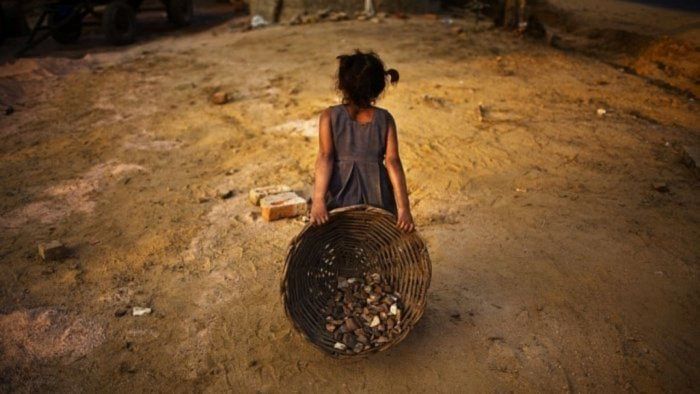
Social inequality has increased drastically in India since 2000, as per the Competitiveness Roadmap for India@100 report.
The report stated that while poverty has decreased, "inequality has significantly increased, especially since 2000". "This trend has been in contrast with the dynamics globally and in other emerging economies," the report noted.
India has ranked poorly in almost all social progress dimensions such as environmental quality, gender equality, and the quality of basic education when compared to other countries.
As per the report, the rise in inequality has been most pronounced in urban areas. "Inequality seems largely driven by rising wealth and income at the very top of the urban society of India," the report said. On the overall measure of social progress, India ranks 115th among 163 countries slightly below its GDP per capita ranking.
"India is a lower-middle income economy, with an average GDP per capita level of around $2,000 (current prices) / $7,200 (purchasing power). Its prosperity level is at 18.5 per cent of the global average, compared to less than 6.5 per cent of the global average in the early 1990s when economic reforms started."
India has been one of the global leaders in sustained prosperity growth - only China, Myanmar, Vietnam, and Lao have, over the last three decades, achieved higher and more stable prosperity growth - the nation still faces significant poverty. "Approximately 20 per cent of its population is below the poverty line. But the absolute number of poor people in India remains large, with 95 per cent of the population classified as either poor or low income," it stated.
When it comes to gender inequality, India has made some progress in recent years but continues to rank very low at the global level.
"Indian women have made large gains in education and now have enrollment rates at all levels that are higher than men. But there are still 186 million women who are unable to read or write a simple sentence in any language, and the female literacy rate is at 65 per cent, more than 15 per cent-points behind men," the report noted.
In addition, the report mentioned that Indian women have also seen their life expectancy move above men, and the mortality rate of girls below five years of age has dropped to a level only slightly above boys. "Women continue to have lower access to health care, and the share of girls in newborns is five per cent below biological norms."
India's average level of prosperity is not matched by its social progress, the report added. "Those components affecting the quality of life that are not directly related to GDP. Again, government policy has indeed targeted 'Ease of Living' but the data so far shows India both lagging behind in prosperity on overall social progress, and specifically on areas related to environmental quality, health care, and inclusion."